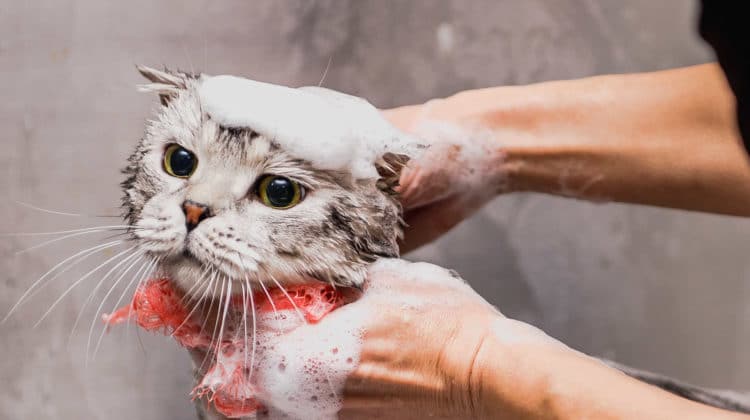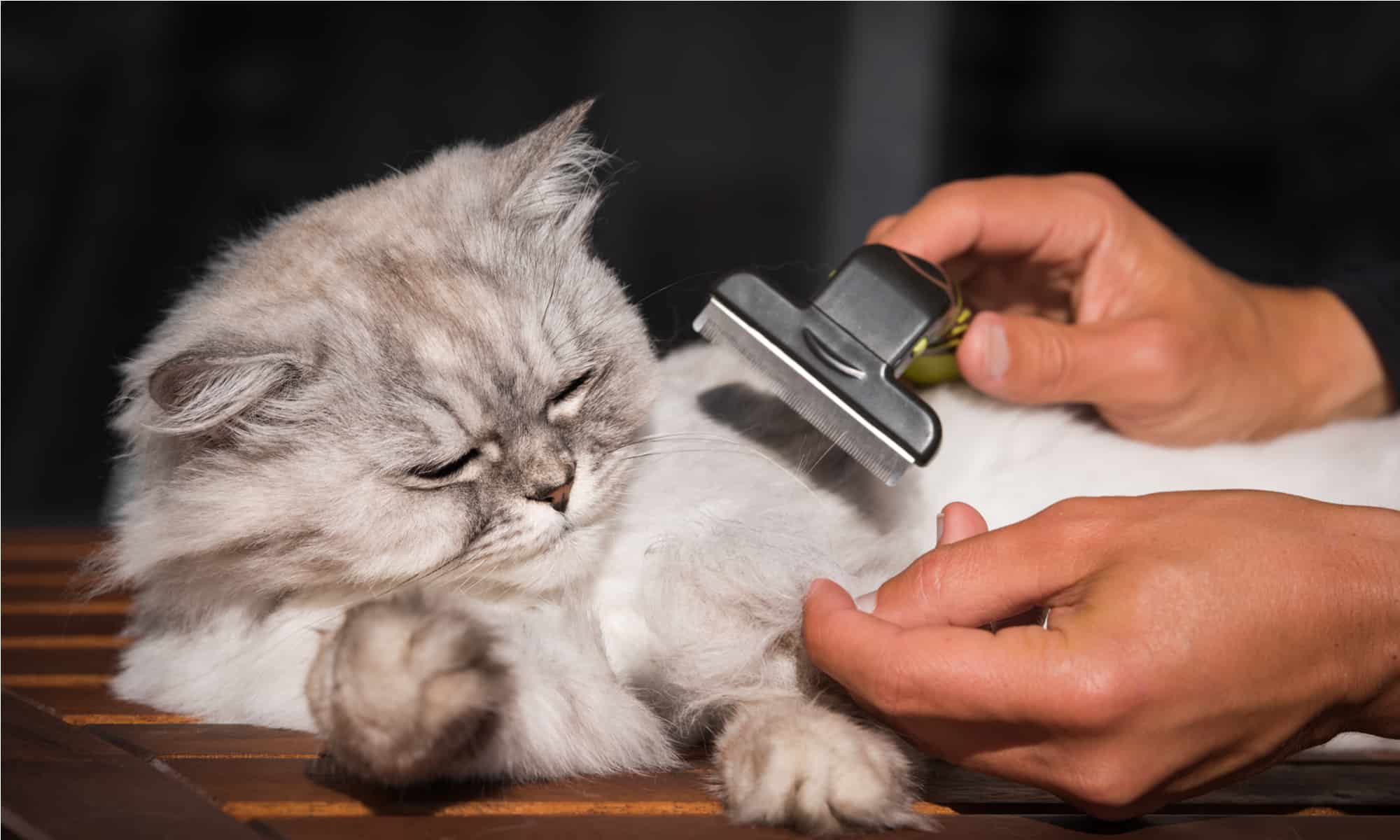If you've ever had a curious cat get into something they shouldn't, chances are you've had to deal with cleaning up a sticky mess. Glue is a particularly tricky substance to remove from fur, as it can easily get stuck in the fibers and be difficult to work out.
Fortunately, there are several methods you can try to safely and effectively remove glue from your cat's fur. In this article, we'll go over the steps you can take to successfully get rid of that stubborn glue without causing any harm to your furry friend.
Before we get started, it's important to note that you should always be cautious when cleaning your cat. Cats are sensitive creatures, and certain products or methods could potentially harm their skin or cause them stress.
If you're unsure about any aspect of the process, it's always best to consult with a veterinarian or professional groomer for guidance.
Steps For Removing Glue from Cat Fur
1. Gently remove as much glue as possible
The first step in removing glue from your cat's fur is to gently try to remove as much of the substance as possible.
This can be done using a pair of tweezers or a small, blunt object like the handle of a spoon or a butter knife.
Be careful not to pull too hard or yank on the fur, as this can cause your cat discomfort and even pain. Instead, gently work the glue out of the fur by pulling small amounts at a time.
If the glue is particularly stuck or hard to remove, you can try using a little bit of vegetable oil to loosen it up.
Apply a small amount of oil to the area with a cotton swab or a soft cloth, and then gently work it into the glue. The oil should help to break down the glue, making it easier to remove.
2. Use a mild soap or shampoo to wash the affected areaOnce you've removed as much glue as possible, the next step is to wash the affected area with mild soap or shampoo. This will help to further loosen and remove any remaining glue, as well as cleanse the area to prevent any irritation.
Look for soap or shampoo that is specifically designed for use on pets, as these products are typically milder and less harsh than regular human products.
Avoid using any soap or shampoo that contains strong fragrances or harsh chemicals, as these can be irritating to your cat's skin.
To wash the area, moisten a soft cloth or sponge with lukewarm water and a small amount of soap or shampoo. Gently scrub the affected area, taking care not to rub too hard or cause your cat any discomfort. Rinse the area thoroughly with lukewarm water to remove any soap or shampoo residue.
3. Dry the area thoroughlyAfter washing the affected area, it's important to make sure it is thoroughly dried to prevent any irritation or discomfort. Use a clean, soft towel to gently blot the area until it is no longer damp.
If the glue was in a particularly hard-to-reach area, you may need to use a hair dryer set on the lowest heat setting to gently dry the area. Be sure to hold the dryer a safe distance away from your cat, and never aim the heat directly at their skin.
4. Use a pet-safe de-shedding tool or combOnce the affected area is dry, you can use a pet-safe de-shedding tool or comb to gently remove any remaining glue from your cat's fur. De-shedding tools and combs are specifically designed to remove tangles.




